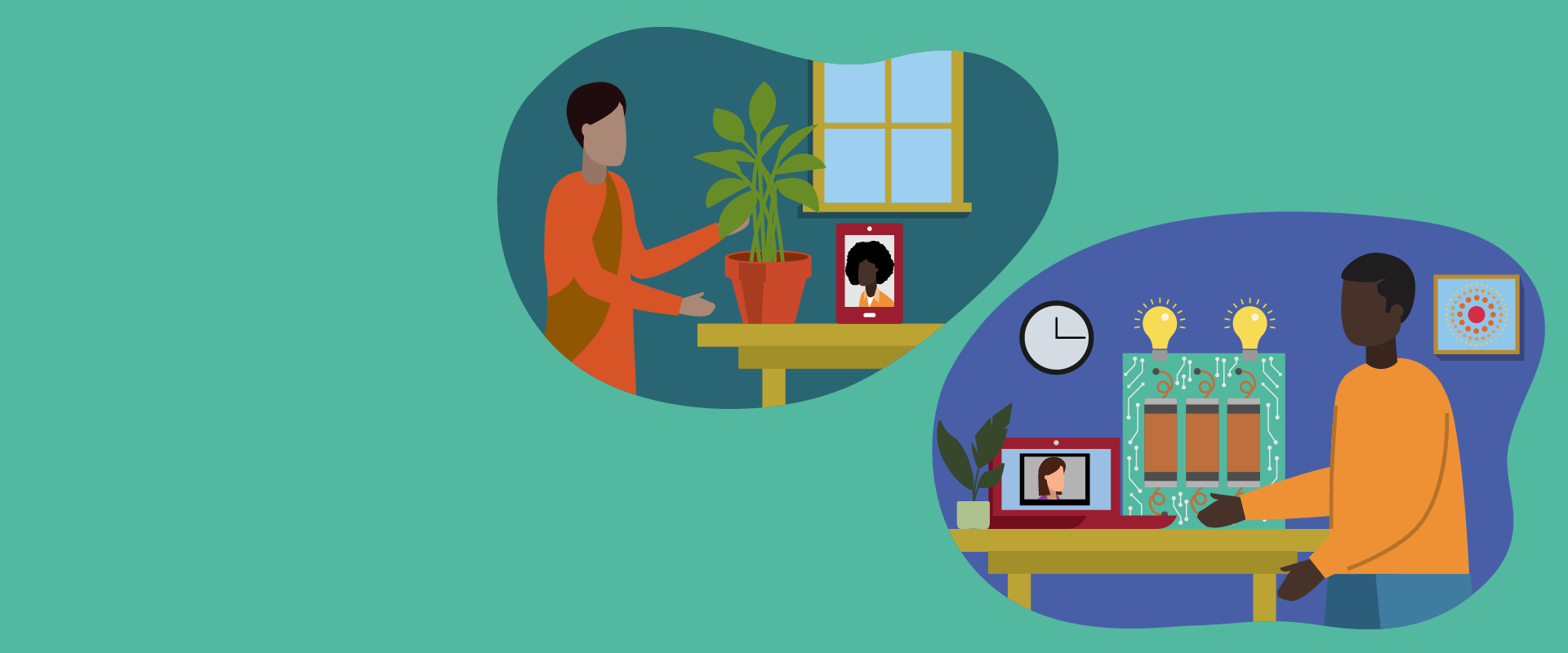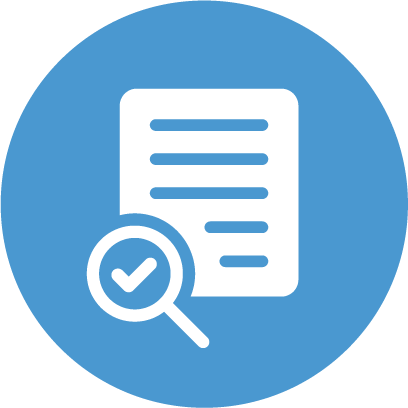
Within this section you will find:
You can use this guide from beginning to end or jump around to different sections based on your needs. Designing projects is a continuously iterative process and this guide was designed to be flexible.
| Objectives | Opportunities |
|---|---|
|
|
| Objectives |
|
|---|---|
| Opportunities |
|
Facilitation
Now that your project is designed, you are ready to facilitate. Depending on your context, there may be an opportunity to pilot your project. This could be a formal pilot where you implement your project idea with a small group of learners to start or more informal such as tweaking your approach as you switch between groups of learners working on the same project. Whichever may be your scenario, consider how your traditional facilitation techniques may need to translate to a virtual or hybrid setting. From changing the view on your virtual meeting to allow you to see all of your learners to extending your wait time for learners who prefer to type questions in the chat, facilitating making projects in a virtual space requires intentional modifications to facilitation styles.
Checkpoints for understanding
Identify milestones to touch base with your learners and any colleagues you are planning with regularly. These milestones can be in alignment with when your learners are documenting key points of their project. For example, if your project is focused on a challenge within your community, you might consider creating a checkpoint to touch base with your learner before they move into their solution design. Creating checkpoints throughout the project design can help you identify what you may want to discuss with a colleague as you facilitate the project. For example, you might notice that learners appear to need more direction once they reach a certain point or that they’ve reached a point where they want to pivot the original project goal they had. Connecting with learners about their experiences as they move through the project will help you facilitate and plan according to their needs. You might also hear that your learners need more time to develop background knowledge to identify the direction of their project. Planning for flexibility in the end goal will allow you to understand where you can create more support for future iterations.
| Design for your context | Considerations for at-home learning |
|---|---|
|
Projects with limited synchronous participation: Projects with regular synchronous participation: |
|
| Design for your context |
Projects with limited synchronous participation: Projects with regular synchronous participation: |
|---|---|
| Considerations for at-home learning |
|

We want to hear from you!
Please take this 5-minute survey and help us serve you better.
